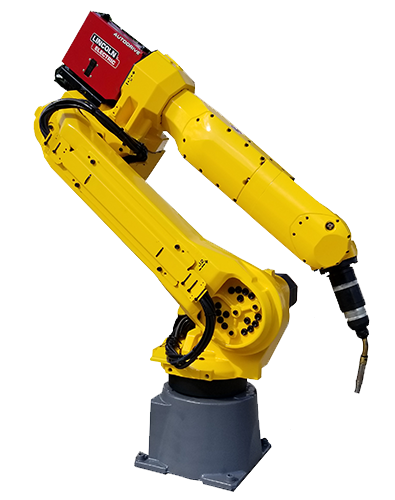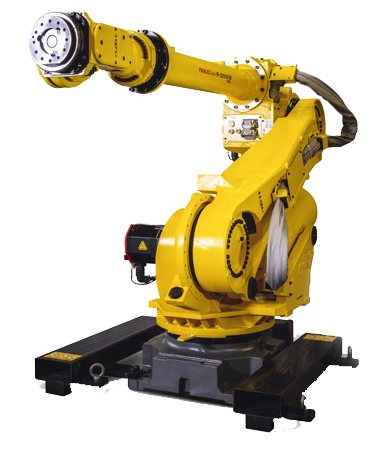One common myth about industrial robots is that they take away jobs from people. The misconception that companies are laying off their workforce and replacing them with robotic fleets has long been a big argument against the adaption of robotic automation in manufacturing. However, one of the biggest driving forces behind the push for industrial robots is the changing dynamics of today’s workforce.
In today’s workforce less people are seeking employment through manual labor jobs. More people are obtaining college degrees and pursuing more creative and higher paying positions. Manufacturing jobs often involve the three “d’s,” dull, dirty, and dangerous. They can be incredibly taxing physically and lead to potential health risks for workers. Because of their mundane and labor intensive nature, manufacturing positions tend to have extremely high turnover. Employees experience job burnout quickly and opt to leave seeking less physically demanding employment. This leaves manufacturers with many open positions and a shrinking pool of workers willing to fill those positions.
Fortunately, with advancing robotic technology, industrial robots are able to perform just about any production related task and have become integral for helping manufacturers close the labor gap that has plagued them over recent years. A FANUC R2000ib is ideal for integrating to an assembly line, while a FANUC M710ic/50 can tend machines. Industrial robots provide a reliable solution to the workforce shortage problem. Manufacturers do not have to worry about training, time off, salaries, or turnover with robots. They are able to take over the repetitive and dangerous tasks while floor workers can be moved to more desirable positions such as operating the six axis robot. Overall productions will be more efficient while employee morale will improve with more satisfying work, allowing employers to better retain the staff that they have. Companies can focus on running their manufacturing operations instead of constantly searching for new employees. This is one of the advantages of automating with robots.
There are some manufacturing jobs that require a unique skillset, one of those is welding. Many of the skilled welders in the workforce are now retiring in high numbers. While there is a labor shortage for manufacturing jobs overall, the shortage becomes even more alarming for those positions requiring a special trade. In the next six years there is estimated to be almost 400,000 vacant welding positions.
Welding robots are integral for closing the welding skills gap. Their operation provides the same level of skill as a seasoned welder, if not better. Parts become more uniform with high-quality welds. Welding robots can be used to automate arc welding or robotic resistance welding processes. A FANUC Arcmate 100ic can complete several arc welding applications including robotic MIG and automated TIG welding. While the ABB 6640 is ideal for robotic spot welding and is widely used by automotive manufacturers. Welding robots are readily available as either new or used, making the search for skilled welders relatively easy for manufacturers. Welding robots already account for half of today’s active robots and that number will continue to grow as more welding positions become vacant. Most used FANUC welding robots for sale come integrated with a welding supply and are ready to be put back in production.
Industrial robots have been vital for manufacturers dealing with worker shortages. The continued growth of articulated robots has not been driven by employers seeking to replace workers but by the large gap of unfilled manufacturing jobs and a diminishing labor force.
Robots Done Right |
Used Robot Sales |
Workforce Changes are Driving Industrial Robot Automation


Robots Done Right is the place to start when it comes to used robots. Contact us if you are interested in buying or selling a welding robot.